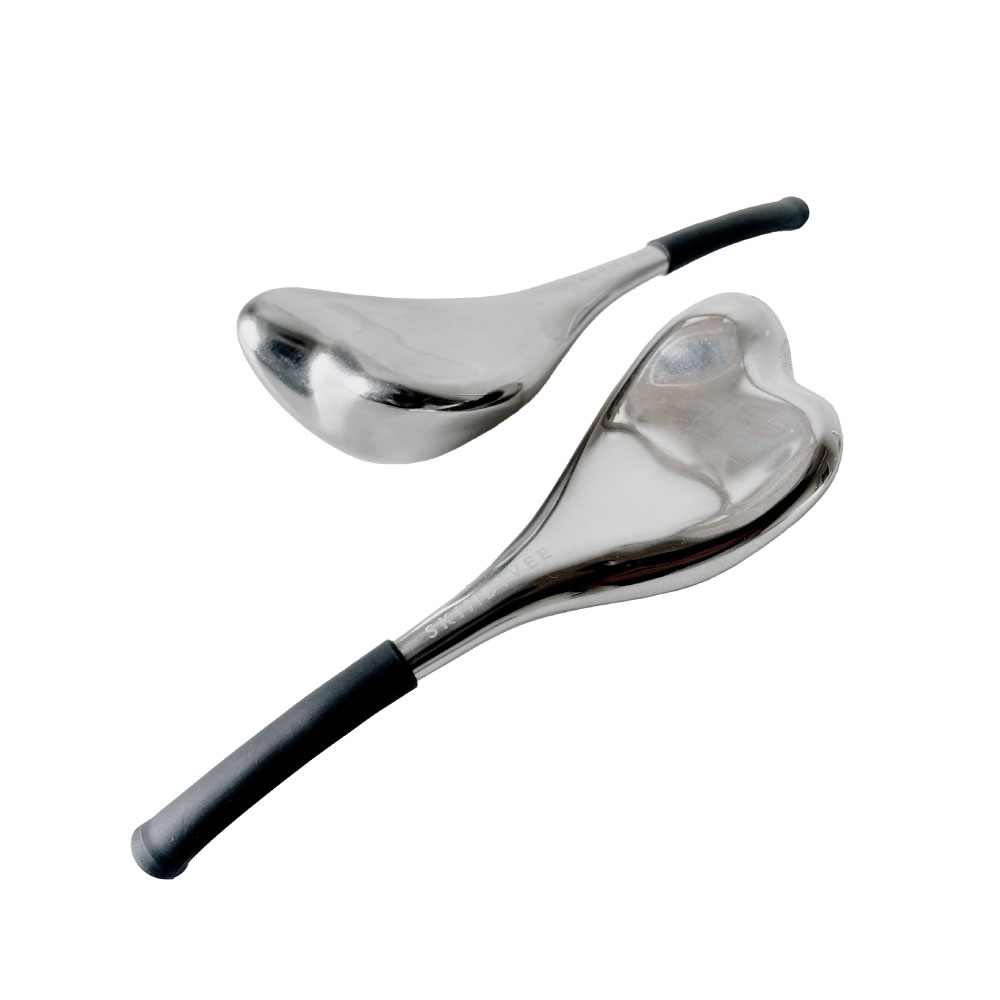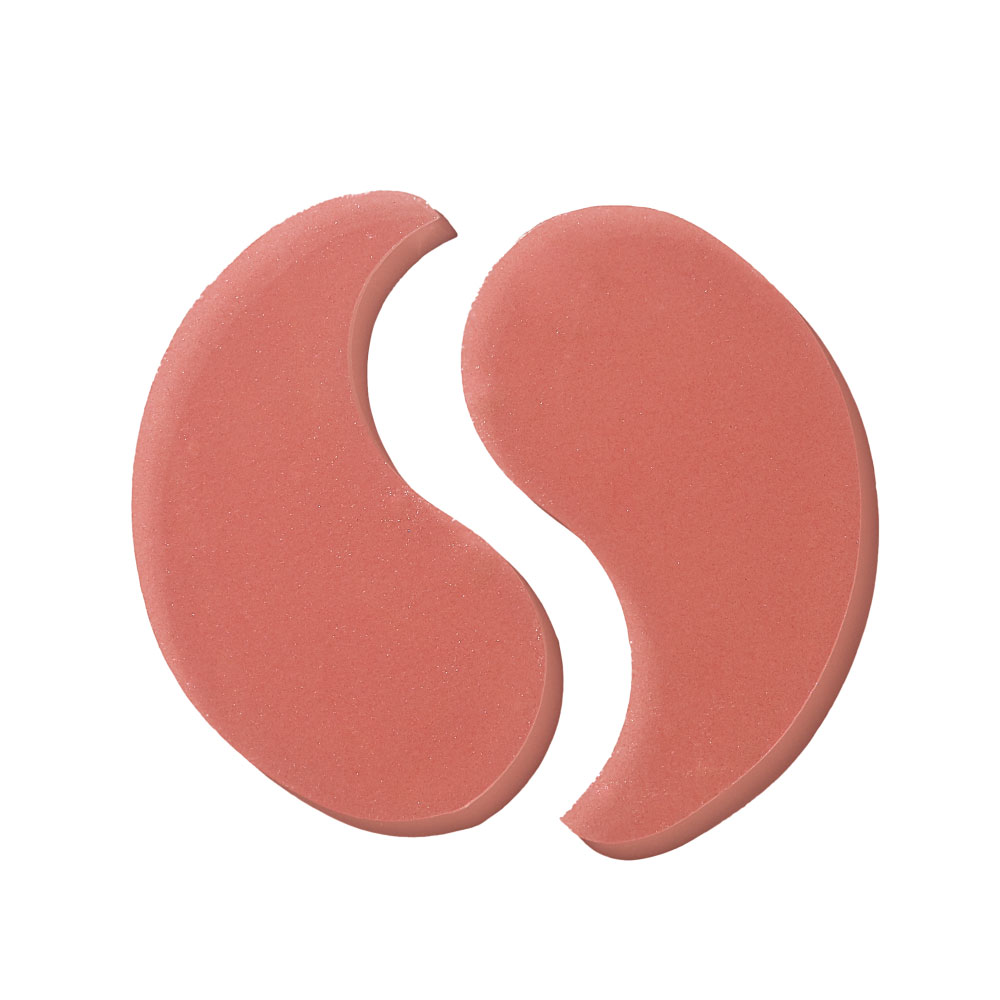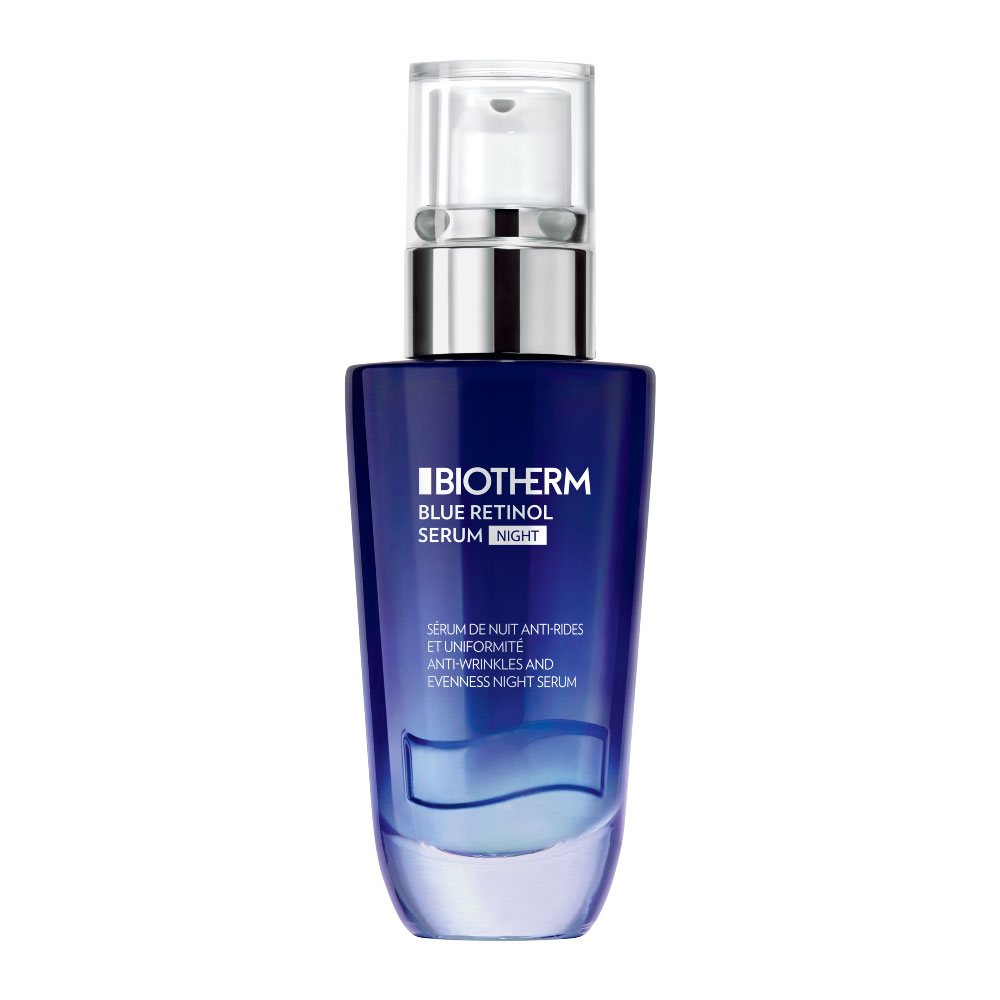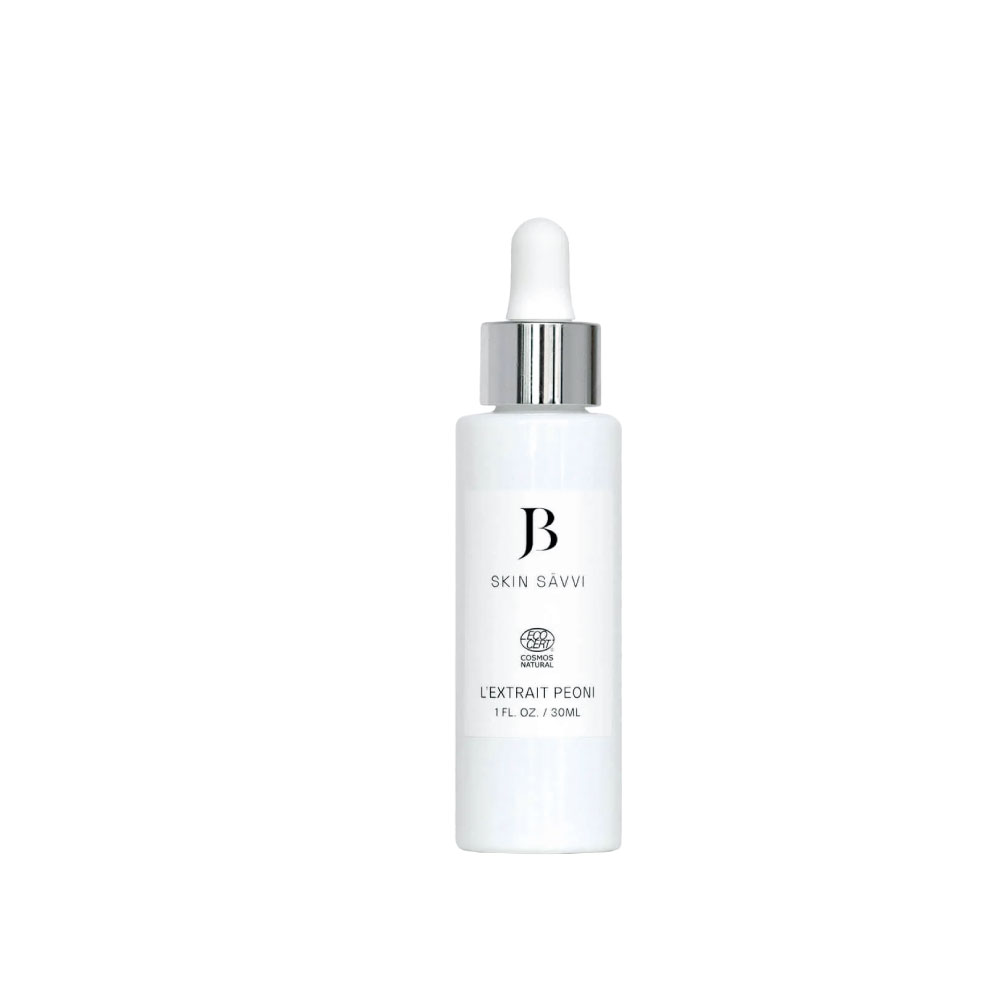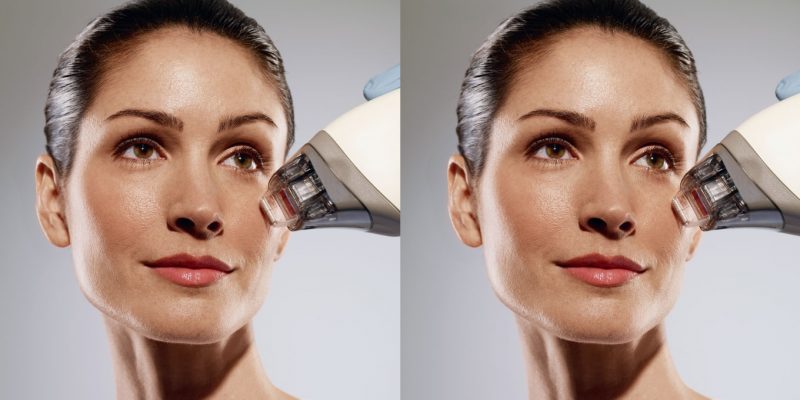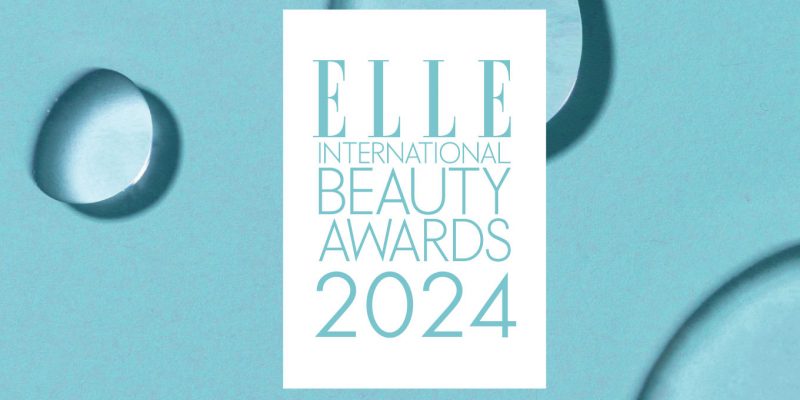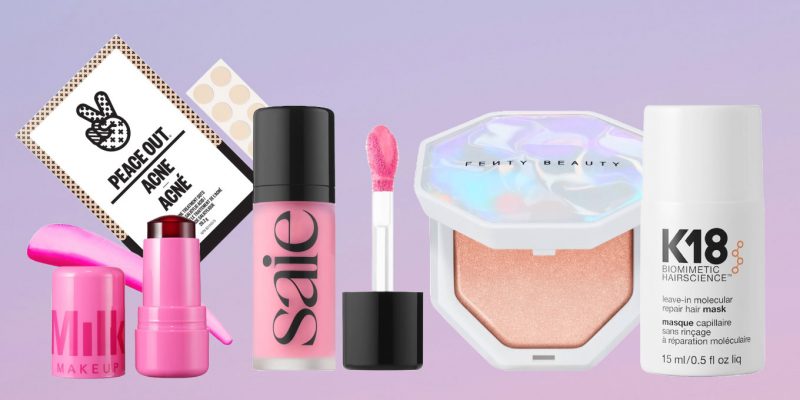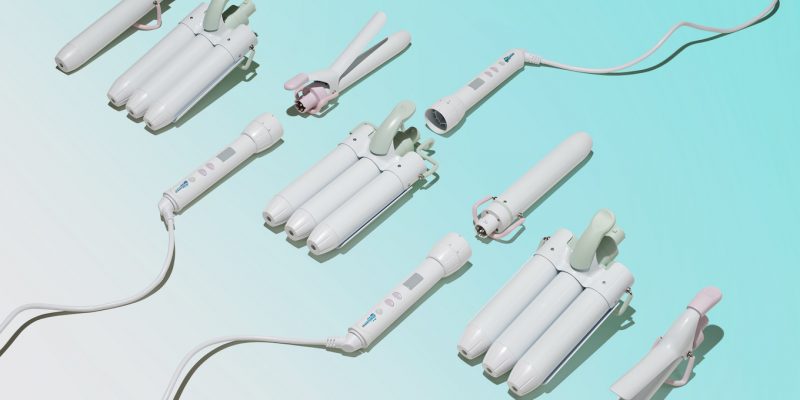Health & Fitness
How Can I Look Less Tired?
We compiled the ultimate fatigue-fighting guide, complete with expert tips, high-tech treatments and face-refreshing products that rival even the strongest espresso.
by : Joanie Pietracupa- Nov 10th, 2023

Pexels/Marcus Aurelius
Call it one of the many side effects of the COVID-19 era. Ever since the onset of the pandemic, Fatigue—yes, with a capital F—has crept into nearly everyone’s life. Add to that an alarming climate crisis, wars, labour strikes, ever worsening inflation and myriad other stress-inducing headlines and you get a whole lot of physically and mentally exhausted people with disrupted sleep patterns and dysregulated cortisol—the stress hormone that can make skin appear dull and cause dark circles and under-eye bags. In other words, our collective weariness has been written across our faces for months.
“You can usually identify a tired complexion by sallow, greyish skin that lacks shine or adequate moisture, more pronounced fine lines and wrinkles, visible under-eye circles, hyperpigmentation (especially around the eyes), a loss of firmness and (sometimes) red blotches and small pimples,” says Ève Hudon, owner of Montreal’s Espace Skins. With the advent of video calls, it’s a sight many of us are intimately familiar with.
“It’s now the first question people ask when they walk through my door: ‘How can I look less tired?’” says Dr. Geneviève Blackburn, a GP specializing in cosmetic surgery and the founder of DGB Médispa Victoria Park clinics. “In our society, we often equate physical fatigue with negative emotions. Who hasn’t been asked if they were sad or sick when they were actually just really tired?” Lucky for us, the pros have no shortage of tricks for how to appear more rested, no matter how few hours you’re running on.
SLEEP TRAINING
It won’t come as a shock to anyone that catching enough zees has a huge influence on how skin looks and feels. “Sleep is, without a doubt, the best antidote for tired skin, as it’s when your epidermis undergoes its fastest, most intense period of regeneration,” says Jennifer Brodeur, skin specialist and founder of JB Skin Sävvi. “Ideally, you would establish a pre-bedtime routine that winds you down—without stimuli [*cough* screens! *cough*]—and begins around 9 p.m., right when your body’s natural melatonin starts ramping up to put you into sleep mode.”
ALL-STAR ACTIVES
To wake up the gaze: “Since the skin around the eyes is thinner and more delicate than [the skin on] the rest of the face, it’s more likely to show signs of fatigue and age,” explains Peter Thomas Roth, founder of the eponymous brand. “That’s why it’s important to nourish it with treatments containing things like hyaluronic acid, caffeine and the pre-eminent anti-aging ingredient, retinol. These actives will reduce the appearance of circles, bags, dark spots, fine lines and wrinkles.”
To plump up the epidermis: “When you increase hydration, you directly counter dryness as well as volume loss and firmness,” says Johanna Caron, Biotherm’s scientific communication expert. “That’s why I recommend the daily use of hyaluronic acid, ceramides or niacinamide and Life Plankton—a living ingredient that has incredible regenerative properties and is exclusive to Biotherm.”
To rev up radiance: There’s nothing like retinol at night and vitamin C in the morning to eliminate the dead cells that can cloud your complexion. “Over time, these ingredients make skin more supple, give it more bounce and leave it dewier than before—all of which make you look younger and more well rested,” says Caron. “And I can’t say it enough: It is essential to apply a suncare product every day. External stressors are behind 80 percent of signs of aging.”
Shop the Story
NEXT-GEN FACIALS
For exfoliation: Skip heavy-duty microdermabrasion—a friction-based treatment that smooths texture by removing the outermost layer of skin—in favour of a chemical peel, which creates only a surface-level burn to initiate a peeling response in the days that follow. “A chemical peel gently yet vigorously cleans skin that’s starving for air due to impurities,” says Brodeur.
For hydration: When it comes to dealing with dryness, Hudon is a huge fan of the oxygen-infusion facial. The treatment uses pressurized oxygen to deliver a hyaluronic- acid-and-vitamin solution deep into the skin. This works to replenish moisture, reduce the appearance of fine lines and wrinkles and boost luminosity.
For lifting: “When I give one of my famous custom facials, I intentionally massage my client’s skin for 30 to 45 minutes,” says Vee Mistry, aesthetician to the stars and founder of SKINBYVEE® in Toronto. “I use different techniques with my hands and my gua sha cryo sticks to restore volume, relax muscles—especially those extra-tight ones in the jaw—and lift the epidermis. It’s like an intense workout for your face.”
For firming: Sometimes paired with LEDs, a microcurrent facial is performed by adhering patches that transmit a light electrical current to tone and tighten muscles, which in turn lifts skin and redefines contours. Try one at Formula Fig, a family of cosmetic clinics in Toronto, Vancouver and Los Angeles.
“In our society, we often equate physical fatigue with negative emotions. Who hasn’t been asked if they were sad or sick when they were actually just really tired?”
IN-OFFICE PROCEDURES
Injectables: Botulinum toxin—a.k.a. Botox—works by blocking the nervous-system signals that tell muscles to scrunch up. Fillers like Juvéderm and Restylane, which are made of hyaluronic acid, add plumpness to areas that have lost volume over time. These kinds of injections “are non-invasive interventions that can give your face a more rested look without altering how you express yourself,” says Dr. Karl Schwarz, cosmetic surgeon and founder of Clinique K clinics in Montreal and Longueuil.
Microneedling: Small needles are used to prick anaesthetized skin and generate heat in the upper layers of the epidermis, thus encouraging collagen production. One of the most efficient techniques available today is called PRP (platelet-rich plasma) therapy, better known as the “vampire facial.” It improves texture and firmness by introducing the natural building blocks from your own blood into your skin.
Morpheus8 and Profound RF: Combining the power of microneedling and breakthrough radio-frequency technology, these two machines are quite similar—except that the Profound RF is four times more powerful than the Morpheus8—especially in how they stimulate collagen production and remodel the contours of the face all the while smoothing the skin. Some discomfort and downtime are involved.
Emface: “In 20 minutes flat, this unique treatment harnesses two innovative technologies—synchronized radio frequency and high-intensity electromagnetic energy—to stimulate collagen and elastin [production] in addition to strengthening and densifying the muscles of the face,” says Dr. Trevor M. Born, plastic surgeon to the stars and founder of TMB Cosmetic Surgery in Toronto and New York. Even better, it’s virtually painless and doesn’t require any recovery time.
PLASTIC SURGERY
Ready for the big guns? Facelifts and blepharoplasty (a.k.a. eyelid surgery) are the most long-lasting, efficient and popular surgeries today for those seeking a well-rested look. “Normally, patients who are good candidates for a facelift are 40 and up,” says Schwarz. “For blepharoplasty, patients usually range between 40 and 50 years of age or higher.”
Newsletter
Join our mailing list for the latest and biggest in fashion trends, beauty, culture and celebrity.
Read Next

Fashion
Bella Hadid Glows in a Strapless Lace Dress With a Sheer Corseted Bodice
Hadid was also seen that same day promoting her new fragrance brand ‘Ôrebella.
by : Briannah Rivera- May 3rd, 2024
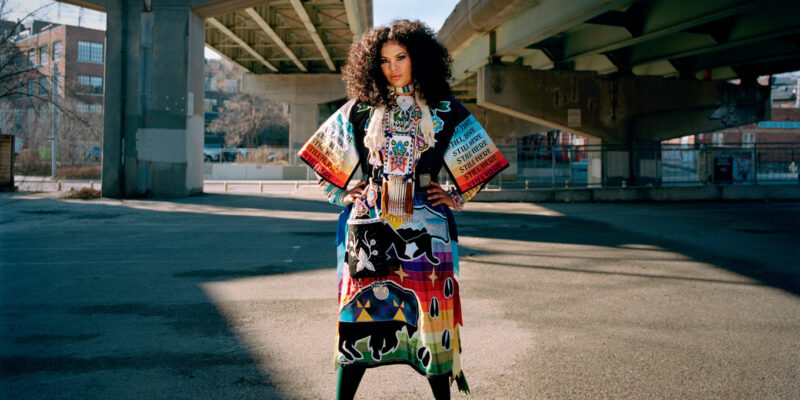
Fashion
This Year’s Indigenous Fashion Arts Festival Is Sure to Impress
"Creating an opportunity for us to work collectively—prioritizing language and tradition—is of the utmost importance. Our similarities are inspired and shaped by the legacies left to us by our ancestors.”
by : Kelly Boutsalis- May 3rd, 2024
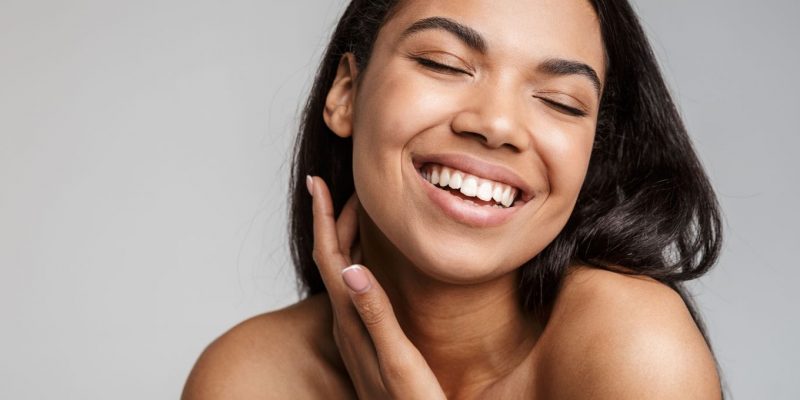
Beauty
ELLE Tried It: Five Serums to Up Your Skincare Game
Members of the ELLE team tested Avène Dermatological Laboratories’ five new concentrated serums. Here's what they thought.
by : ELLE Canada- Apr 25th, 2024

